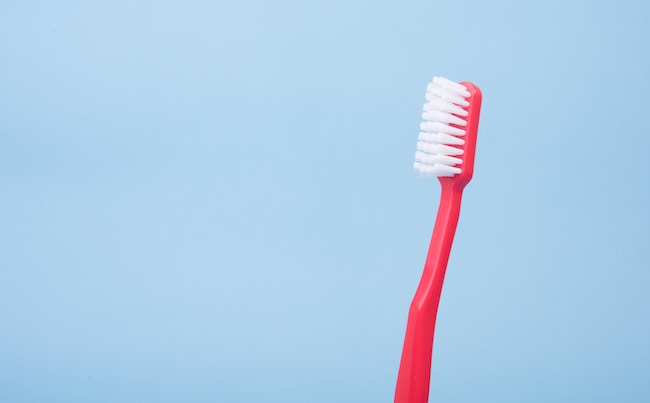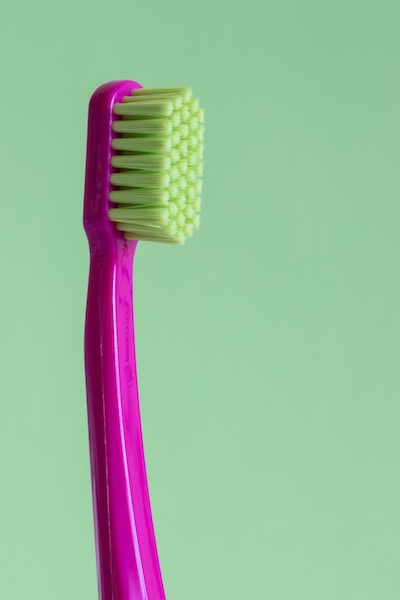
Brushing Your Teeth: The Correct Way To Protect Your Smile
When it comes to brushing your teeth, most people use the back-and-forth motion until they feel that the teeth are clean. In fact, most people are unable to do even this minimum-basic to keep their teeth clean. Most people feel that brushing harder is going to clean the teeth better. Doing so is going to remove the essential tooth enamel. It can also damage the gums and cause premature teeth aging. Your teeth will also become more sensitive to hot and cold food items.
The problem with brushing this way is that it is also ineffective. When you brush using this method, the bristles are just bouncing between the teeth. The bristles are not entering and cleaning the spaces in between. Lack of proper cleaning in these spaces can increase the risk of gum disease and cavities.
Importance of Proper Brushing Technique
Brushing hard and fast may seem to be an effective way to keep your teeth clean. The technique not only removes the enamel, it also causes the buildup of debris between the teeth and gums. The right technique will involve making the most of the toothbrush bristles.
Cleaning
When it comes to cleaning your teeth, use the following tips:
- Start by cleaning the front surface of the upper teeth and then the lower teeth.
- Then clean the inside of the upper teeth and then the lower teeth.
- Then clean the surfaces used for chewing.
- When brushing the gum-line, the brush should be tilted at 45 degrees to the gum-line. Sweep the brush away from the gum-line.
- You should also brush your tongue.
- Better yet, buy a good Sonicare powered brush and keep it in place, as it gently and thoroughly cleans your teeth.
When brushing, make short and gentle strokes. Make sure that you don’t miss the hard to reach areas behind the teeth, the gum-line, and also the area around the crown (if you have any). Using precise and gentle strokes ensures that there is no trauma on the gums. It also makes it similar for you to clean the hard-to-reach areas.
It is widely known that brushing twice a day is the best practice. However, most people don’t follow this basic rule. Make sure to adhere to this principle.
Choosing the Right Toothbrush & Toothpaste
It is not just the brushing technique that matters. The toothbrush and the toothpaste also matter.
Toothbrush
Dentists worldwide recommend soft-bristled brush. Look for small-headed toothbrushes because they can be used even in hard-to-reach areas. Look for a brush with bristles having different levels of height. You may also consider a powered toothbrush with these features. The right toothbrush should clean your teeth, break the plaque, and also stimulate the gums.
It is also important to replace the toothbrush every 3 months. In fact, you should also replace it if you have a cold because it can cause germ buildup on the bristles. Or better yet, place it in your dishwasher to sanitize it. If members of your family are sick, do this for everyone!

Toothpaste
The first time you learned how to brush, it is highly likely that you didn’t know how to choose the right toothpaste. You used whatever was used in your home. It is interesting that there are pastes for different dental conditions and needs. For example, you can find toothpaste for high sensitivity, cavities, stained teeth, or other conditions specific to you. There are also pastes for removing tartar. Other options include tooth whitening and even flavored pastes. Fluoride-based toothpaste help in strengthening the teeth and preventing cavities. It will be best to consult your dentist for a recommendation. The American Dental Association (ADA) offers a seal of approval for those tooth pastes where the fluoride is effective. Without the seal, the fluoride may not work.
Toothpastes are ranked by their Relative Dentin Abrasivity (RDA). This is important. The lower the RDA number, the less abrasive, too high of a number and the toothpaste will not only remove stain, but your enamel and dentine too.
Brushing Your Teeth Time
Besides the technique, the duration of brushing is also going to affect its effectiveness. Make sure that you brush for at least 2 minutes every time. On an average, most people never get close to this duration. This is an important factor – so much so that all the other factors cannot ensure effective cleaning without it. Using a stopwatch is an excellent way to ensure that your teeth get a proper cleaning. Another option is to use a toothbrush with an automatic timer.
When it comes to oral health, it is not just the teeth that you should be concerned about. You should also clean your tongue, something that most people overlook.
About Your Gums
You really should not brush your gums. Instead, brush slowly at the gum line so the bristles will sweep below the gum line. Let your tooth brush stay in one place and wiggle it around will allow the bristles to slip below the gum line and clean them. Just like cleaning under your fingernails with a similar soft brush. The electric Sonicare does this wonderfully.
So make sure to follow the tips mentioned here to keep your teeth and gum-line clean and healthy. Brushing your teeth is easy, but it requires daily care. It is also recommended to visit your dentist every 6 months. This will help in detecting any dental conditions and take preventative measures. Contact Smiles At France to set up your next dental visit at (612) 824-7033.
###
You’re on Life Hack: Brushing Your Teeth the Correct Way to Protect Your Smile
You might like:

